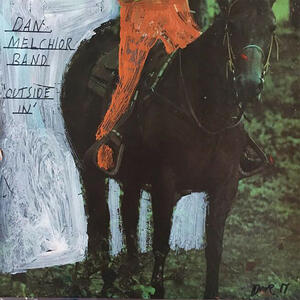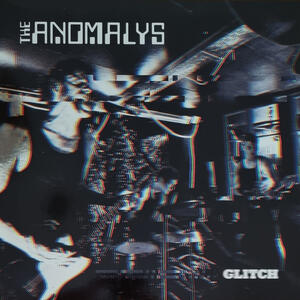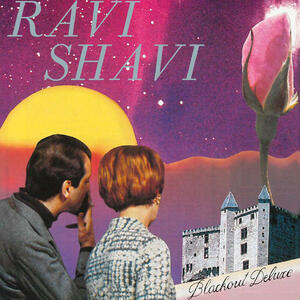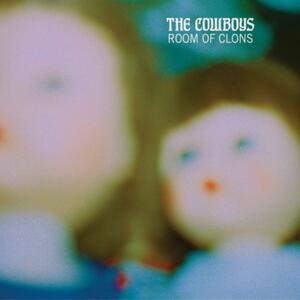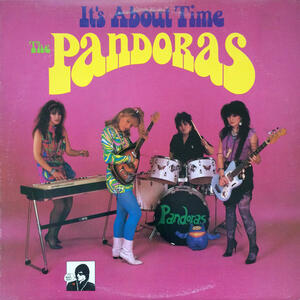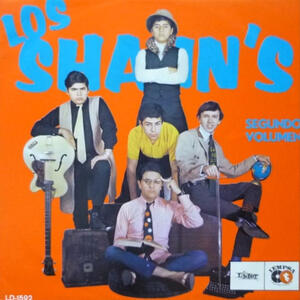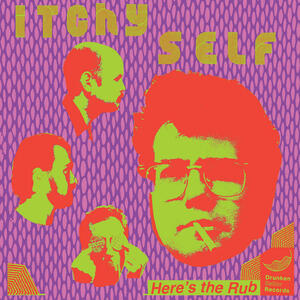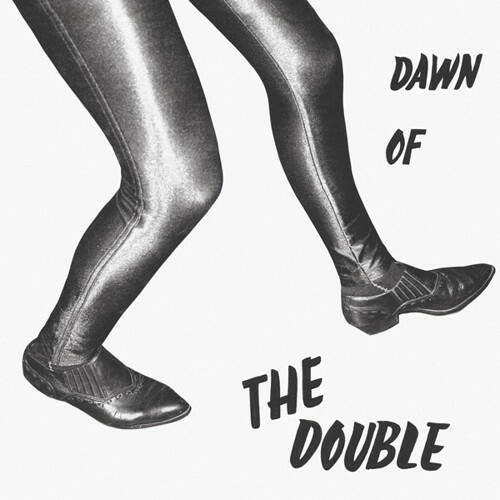
DOUBLE
DAWN OF THE DOUBLE
Can you dance and meditate at the same time? Talking to one of The Double before a Brooklyn gig in the summer of 2014, I was told they were going to play a “dance piece.” I wasn’t sure how to take that, since neither member is particularly known for dance music or dance accompaniment, but it slowly began to make sense as I watched their stunning set. The music struck an odd balance between perpetual motion and perpetual stasis: the drummer, Jim White (Dirty Three, Venom P Stinger), maintained a modified Bo Diddley beat, switching between the snare and the toms after long stretches on each, while the guitarist, Emmett Kelly (Cairo Gang, Ty Segall & the Muggers), stuck steadfastly to an E chord (or mainly the e’s and b’s of an E chord, to be more accurate). They took the underpinning of countless rock and roll songs—the rhythm section--and decisively moved it to the foreground. It soon became clear that this wasn’t going to be the average concert of discrete songs or pieces--so the question then became how long they would sustain the groove for.
The answer turned out to be 45 entrancing minutes. Maybe it could be likened to Rhys Chatham’s “Guitar Trio,” which also puts a rock and roll backbeat to a droning, solitary E chord, but The Double’s vision of rock minimalism is more tied to both rock rhythm guitar and the drum’s more traditional role in rock’s invitation to dance. And unlike “Guitar Trio,” (or the 90s techno genre Trance, for that matter) The Double didn’t build up notes and rhythms until a breakdown section where the process started all over again; they went into it full bore and never let up. I suppose the intense rhythmic repetition and mono-chordal guitar could align it with much African music, but the feel was more thrashing, not as bobbing as African rhythms can be. This was garage rock approached with the mentality of an extended disco 12” mix designed to keep the crowd moving. Anyway, nobody was dancing, it was a New York indie rock audience.
Many moons later I heard the studio recording of the same piece, i.e. this album. This time I knew what to expect from The Double, but naturally a recording has a different effect. The quasi-mono mix draws the guitar and drums together into one sonic force field. The open high E & B strings on the guitar ring out virtually the entire time, generating harmonics that fill out the sound and sometimes almost indicate another instrument (there are a couple of instances where the guitarsounds like both the organ and the rhythm guitar on the Velvet Underground’s “Sister Ray”). Initially the fundamental rhythm pattern seems consigned to the snare drum, with the kick drum more felt than heard; then the toms add accents and the guitar changes up momentarily to an A chord. From then on there’s a few variations where the guitar and drums casually answer each other, dipping into other possibilities and combinations that lie just outside of the basic framework. The guitar wavers between E major and minor as a forefinger is lifted on and off the G string while the drums make a few light cymbal crashes. A further switch to toms and cymbals triggers another diversion to the A chord. A D is thrown in and an E7 is tried out; a full-fledged G chord is summoned towards the end. Each of these is a somewhat random micro-event, presumably instigated off the cuff and never leading to any lasting developments. The piece doesn’t end so much as just stop; a final revelation comes in the last few seconds with the sound of the guitar amp’s reverb unit-- which hadn’t been noticeable up until then--settling down with a shudder after they finish.
Besides the obvious Bo Diddley and VU references, Feedtime’s “Fastbucket,” Henry Flynt’s Graduation LP of “trancing and trucking music,” 75 Dollar Bill (another contemporary guitar and percussion duo geared towards hypnosis), Faust’s “It’s A Rainy Day, Sunshine Girl” and even Rolf Harris’ “Sun Arise” all crossed my mind while listening. My mind—The Double’s music is surely not cerebral, but with only two instruments, no vocals, no real modulations, and no production tricks, the mind does tend to wander if you’re sitting and listening to it. What happens if you dance to it? Then the beat is winding you up, and it clears your head—much like meditating, ironically, which is also associated with being seated and physically still. Now, I was sitting when I saw them at Union Pool too, but that was also an outdoor show: besides witnessing them create the music I was also conscious of the weather (nice and sunny), my fellow on-lookers (Jem Cohen, for one, who was filming their show), memories of seeing them play separately with other groups, etc. All kinds of variables are vying for one’s attention when experiencing music in a live setting that wouldn’t engender the contemplation of nuance that home listening can afford (if you’re so inclined).
Maybe you have to see The Double live to fully appreciate what they do, maybe you have to dance to their music in order to fulfill its true intent…or maybe this album is a definitive statement of what they’re all about. The Double’s music is both mesmerizing and propelling, allowing for potential mental and physical stimulation. These guys eradicate the proverbial mind-body split with little more than strings, sticks, and skins.
- Alan Licht


